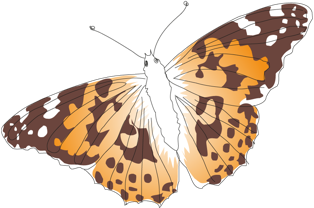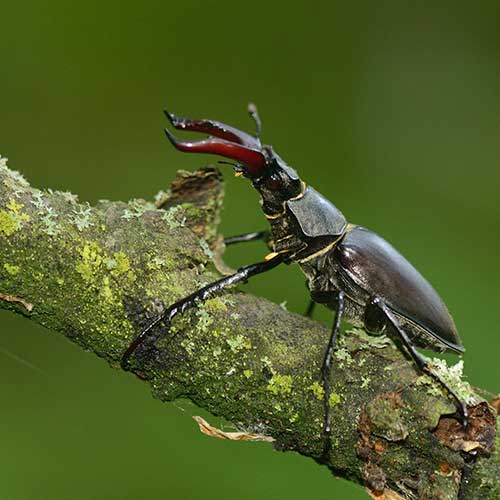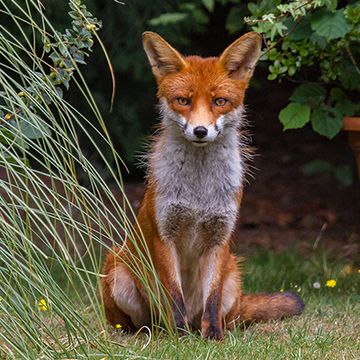Who we are
We’ve been standing up for wildlife for over 40 years. With the help of scientists, conservationists, landowners, and the general public, we’re working to protect our delicately balanced ecosystem by bringing our most threatened species back from the brink.
Where we work
Funded by our generous supporters, our grant programmes support the very best scientific researchers and wildlife experts out in the field. The evidence they unearth guides worldwide conservation. Browse the map below to discover the amazing wildlife we’re saving from extinction.

Returning dormice to the wild



Look out for stag beetles

Living with Mammals survey


Latest news from PTES
Celebrating saigas: Conservation and community engagement in Uzbekistan
Zebo Isakova is Project Manager at Saiga Conservation Alliance (SCA). She works with our Conservation Partner Elena Bykova. Here Zebo describes their Saiga Day celebrations last year, when Nida Al-Fulaij, CEO, visited their project, highlighting their successful engagement with the local community and the positive impact of their conservation efforts. SOS – Save Our SaigaA …
We give a rare dormouse population in Bedfordshire a boost in numbers
Back to Beds for sleepy dormice This week, in early June, 10 rare hazel dormice have been reintroduced into a Bedfordshire woodland to bolster the county’s only existing population. These animals will help create a bigger and more genetically diverse population of the species in this wood, and is part of our ongoing conservation effort …
Invasive American mink and the plight of Britain’s water voles
A successful predator with a big appetite Britain’s waterways support a diversity of our native wildlife as they meander through tranquil verdant landscapes and bustling urban centres. Yet, an ominous threat lurks on the banks, imperilling the delicate natural balance. Enter the American mink (Neovison vison), a successful predator with a big appetite and a …

